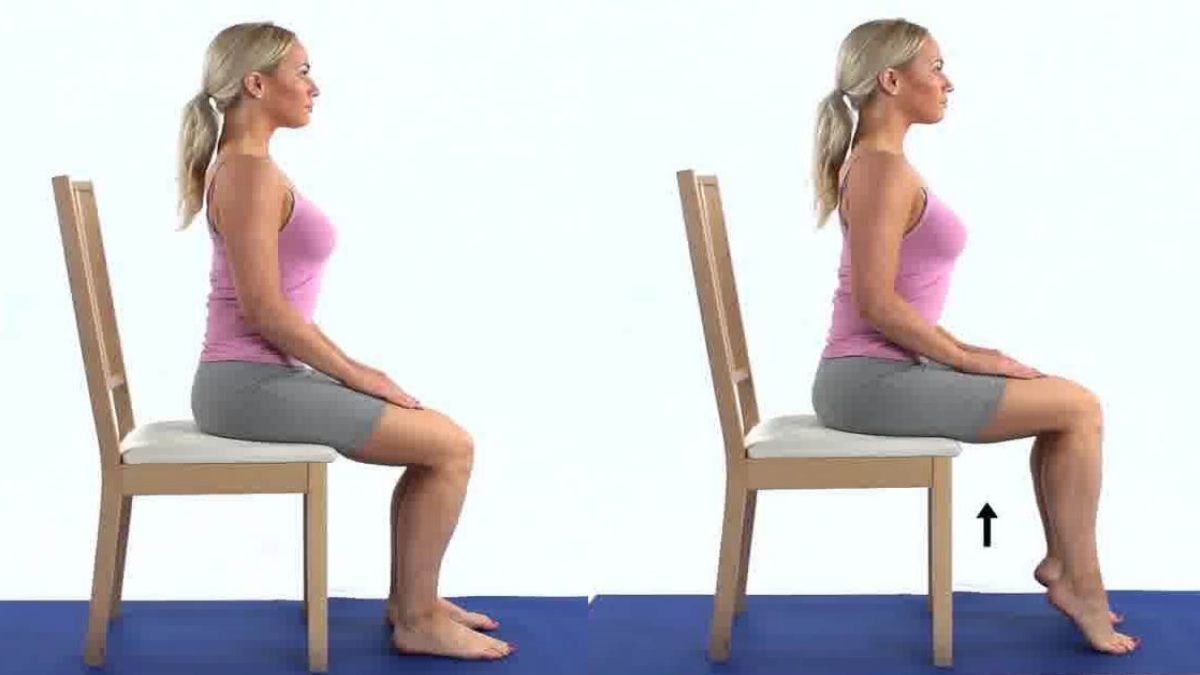In the realm of Insulin resistance, our team delves deep into understanding the complex interplay of factors affecting metabolic health. We are committed to identifying novel solutions and interventions to mitigate the impact of this prevalent condition on individuals’ well-being.
Abstract:
The purpose of this study intended to investigate at the ability of soleus push-ups, an ordinary isotonic exercise done while sitting, to enhance energy expenditure and improve metabolic health during sedentary behavior. This study aims to investigate the impact of soleus push-ups on blood glucose levels and insulin sensitivity in healthy individuals, building on previous studies that emphasized the soleus muscle’s unique potential for prolonged oxidative metabolism. Ten individuals went through a two-hour and thirty minutes intervention with and without soleus push-ups, with the Oral Glucose Tolerance Test (OGTT) and taking consideration of the ethnic-specific BMI criteria for Asian Indians (BMI ≥23 kg/m2). Blood glucose levels were monitored at 0, 15, 30, 45, 60, 90, 120 and 150 minutes of time periods, providing insights into glucose metabolism and insulin sensitivity. The findings revealed a significant 22.19% reduction in blood glucose levels in the treatment group compared to the control group. Notably, the results indicated that performing 79-104 repetitions per minute of Soleus Push-ups resulted in this remarkable improvement. The results demonstrate the potential of Soleus Push-ups as an effective intervention that reduces the implications of sedentary behavior, with a 22.19% decrease in blood glucose levels. This study provides beneficial insights into novel techniques to enhancing metabolic health, emphasizing the important role of tailored exercise strategies in sedentary populations.
Keywords: Soleus push-ups, Sedentary behavior, Metabolic elevation, Energy expenditure, Blood glucose, Insulin sensitivity
Introduction:
In today’s era, marked by sedentary lifestyles and a growing prevalence of obesity and related metabolic disorders, innovative strategies to counteract the adverse effects of prolonged sitting have become imperative. Sedentary behavior, defined as any waking behavior characterized by an energy expenditure of ≤1.5 metabolic equivalents (METs) while in a seated, reclining, or lying position, has become increasingly common (Tremblay, 2017). Activities like watching TV, playing video games, using computers, sitting at school or work, and even sitting during communication have become pervasive examples of sedentary behaviors. It is well-documented that sedentary behavior has profound metabolic implications, with a clear link established between physical inactivity and reduced insulin sensitivity, thereby increasing the risk of type 2 diabetes and cardiovascular diseases (Hamilton, 2022). As the global prevalence of sedentary behavior continues to rise, the need for innovative therapies that can mitigate these negative consequences becomes increasingly vital.
One such innovative intervention is the Soleus Push-up, a novel exercise regimen designed to enhance metabolic activity during sedentary lifestyles. The Soleus Push-up has gained recognition as a potential game-changer in metabolic health (Hamilton, 2022) (Adelson, 2023). This unique exercise involves controlled contractions of the soleus muscle while seated, offering intriguing potential for ameliorating the adverse metabolic effects of prolonged sitting (Bueckert, 2023). Targeting the soleus muscle through push-ups can enhance lower leg strength, overall balance, and stability, making it particularly beneficial for individuals leading sedentary lifestyles. Notably, previous research has indicated minimal reliance on glycogen as an energy source in the soleus muscle, highlighting its capacity to utilize alternative energy substrates such as blood glucose and lipids instead of glycogen. This contrasts with most of the body’s 600 muscles, which predominantly rely on glycogen for energy. Consequently, Soleus Push-ups have the potential to help reduce blood glucose levels in the body.
Despite the theoretical promise of Soleus Push-ups, scientific evidence regarding their efficacy remains limited, particularly among sedentary individuals who are at higher risk for metabolic disorders (Adelson, 2023) (Desk, 2023). Therefore, there is a pressing need for scientific research on the metabolic implications of Soleus Push-ups, with a specific focus on their ability to enhance insulin sensitivity and mitigate metabolic disorders associated with sedentary behavior.
Methodology:
Day One:
Preparation:
Fasting Overnight: Advise all selected participants to fast overnight before the test date, which means they should refrain from eating or drinking anything for a period of eight hours prior to the testing.
Baseline Blood Glucose Measurement(Day one): On the first day of testing, measure the participants’ baseline blood glucose levels using a standard glucometer. This initial measurement provides a reference point for subsequent assessments.
Glucose Solution and Soleus Push-Ups: Administer a glucose solution containing 50g of glucose to all participants. Instruct them to perform Soleus push-ups, with a target of 15 repetitions per minute, for a total duration of three hours. Monitor the participants’ adherence to this exercise regimen using motion sensors placed individually on each participant.
Blood Glucose Monitoring (First Hour): During the first hour of the exercise regimen, measure the participants’ blood glucose levels at 15-minute intervals using a standard glucometer. This real-time monitoring provides insights into immediate metabolic responses.
Blood Glucose Monitoring (Next Hour): In the subsequent hour of exercise, continue to monitor blood glucose levels at 30-minute intervals using the standard glucometer. This extended monitoring captures changes in blood glucose levels over a more prolonged duration.
Total Blood Glucose Measurements: By the end of the three-hour exercise session, a total of seven blood glucose measurements will have been recorded, allowing for a comprehensive assessment of metabolic responses.
Day Two:
Preparation:
Fasting Overnight: Instruct all participants to fast overnight before the second day of testing, similar to the previous fasting instructions.
Baseline Blood Glucose Measurement (Day Two): On the second day, measure the participants’ baseline blood glucose levels using the standard glucometer. This measure serves as a reference point for comparisons.
Glucose Solution without Exercise: Administer the glucose solution containing 50g of glucose to all participants, but on this day, instruct them not to engage in any exercise or physical activity.
Blood Glucose Monitoring (First Hour, Day Two): During the first hour after administering the glucose solution, monitor blood glucose levels at 15-minute intervals using the standard glucometer. This provides insight into the immediate metabolic response without exercise.
Blood Glucose Monitoring (Next Hour, Day Two): In the subsequent hour, continue monitoring blood glucose levels at 30-minute intervals using the standard glucometer. This extended monitoring captures changes in blood glucose levels over time without exercise.
Total Blood Glucose Measurements (Day Two): By the end of the second day of testing, a total of seven blood glucose measurements will have been recorded without exercise.




